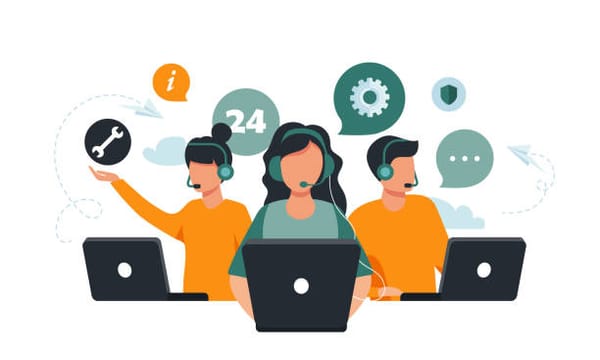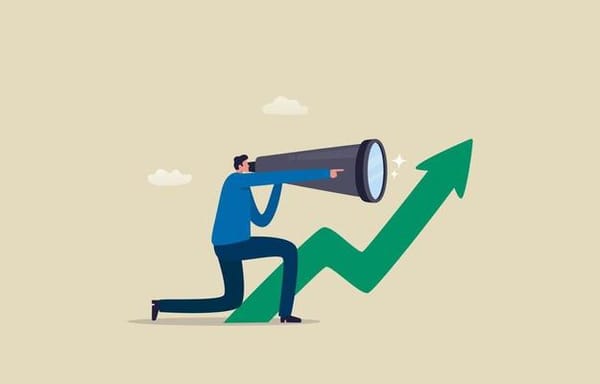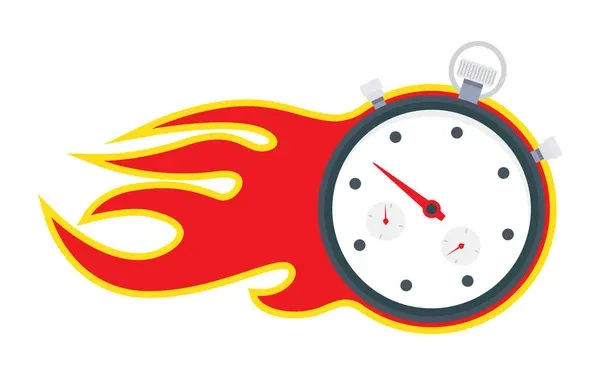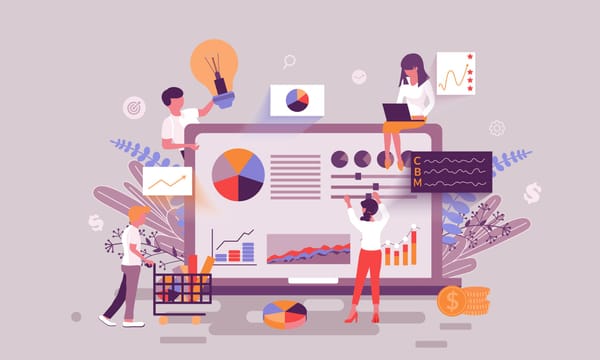Image Optimization Tips for SEO in Shopify: Enhance SEO and User Experience
Discover expert image optimization tips tailored for Shopify SEO, enhancing both search engine rankings and user experience. Learn about key elements of optimized images, best practices for file formats, compression techniques, alt text optimization, and responsive design principles.

In today's digital landscape, the visual appeal of an online store plays a critical role in capturing the attention of potential customers. However, beyond aesthetics, the optimization of images is equally important for Shopify stores. Image optimization not only enhances the overall user experience but also boosts search engine optimization (SEO) efforts, ultimately driving more traffic to your store and increasing conversions.
Understanding Image Optimization Role in Search Engine Optimization
In the digital realm, where visuals reign supreme, image optimization stands as a cornerstone of effective online presence. It entails fine-tuning images to strike a balance between quality and performance, ensuring they load swiftly without compromising their visual appeal. Here's a comprehensive breakdown:
Image optimization refers to the process of enhancing images to ensure they are of the highest quality while maintaining a small file size. This optimization is crucial because it helps improve website performance, reduces loading times, and enhances user experience, especially on mobile devices where bandwidth and data usage are limited.
Key Elements of Optimized Images:
- Proper File Format Selection: Choosing the right file format, such as JPEG, PNG, or WebP, based on the type of image and its intended use.
- Image Compression Techniques: Employing compression methods to reduce file size without significantly compromising image quality.
- Descriptive File Naming Conventions: Using descriptive and relevant file names that include keywords to improve SEO and accessibility.
- Utilization of Alt Text and Image Attributes: Adding alternative text (alt text) and relevant image attributes to provide context and improve accessibility for users with disabilities. Alt text also helps search engines understand the content of images, improving SEO.
Impact of Optimized Images on Search Engines SEO and User Engagement:
Optimized images contribute to higher search engine rankings on google search console account and google analytics by improving page load times and providing relevant content for search engine crawlers. Additionally, visually appealing and fast-loading images enhance user experience, reducing bounce rates and increasing engagement and conversions.
Best Practices for Image Optimization on Shopify
Selecting the Right File Formats for Images:
When uploading images to your Shopify store, it's essential to choose the appropriate file format to ensure optimal performance and visual quality.
- JPEG: Ideal for photographs and images with many colors or gradients.
- PNG: Suitable for images with transparency or sharp edges, such as logos or icons.
- WebP: A modern image format that offers superior compression and smaller file sizes while maintaining high quality. Consider using WebP for supported browsers to further optimize image loading times.
Implementing Effective Image Compression Techniques:
Image compression is crucial for reducing file sizes without sacrificing visual quality. Shopify automatically compresses images upon upload, but you can further optimize them using third-party tools or Shopify apps.
- Online Tools: Utilize free online image compression tools like TinyPNG or Compressor.io to compress images before uploading them to Shopify.
- Shopify Apps: Explore Shopify apps such as Crush.pics or Image Optimizer to automate the image compression process and optimize your store's image library.
Utilizing Descriptive File Naming Conventions:
Naming your image files descriptively can have a positive impact on both SEO and user experience. When naming images, use relevant keywords that accurately describe the content of the image.
- Example: Instead of naming an image "IMG1234.jpg," use a descriptive name like "blue-cotton-t-shirt-front-view.jpg" to improve SEO and help users understand the image's content.
Optimizing Alt Text and Image Attributes for SEO and Accessibility:
Alt text plays a crucial role in SEO and accessibility by providing textual descriptions of images for search engines and users with visual impairments. When adding alt text to images in Shopify:
- Be Descriptive: Write concise and descriptive alt text that accurately describes the image's content and purpose.
- Incorporate Keywords: Include relevant keywords in alt text to improve SEO and increase the likelihood of your images appearing in search engine results.
- Prioritize Accessibility: Ensure alt text provides meaningful information to users who rely on screen readers or have images disabled in their browsers.
To make the process of optimizing alt text even more efficient and convenient, try using SEOPro's Bulk Update feature for Shopify Images Alt Text SEO. This tool allows you to streamline the optimization process by updating alt text for multiple images across your Shopify store simultaneously.
With SEOPro, you can ensure that your alt text is both descriptive and keyword-rich, enhancing your store's SEO performance and accessibility while saving you valuable time and effort.
Leveraging Responsive Design Principles for Mobile Optimization:
With the increasing use of mobile devices for online shopping and ecommerce site, it's essential to optimize images for mobile viewing on google and other search engines. Implement responsive design principles to ensure images scale appropriately and load quickly on mobile devices, providing a seamless browsing experience for mobile users.
Tools and Resources for Image Optimization
Built-in Shopify Image Optimization Features:
- Shopify provides built-in image optimization features that automatically compress and resize images upon upload. Take advantage of these features to streamline the optimization process and ensure that your images meet the platform's recommended standards for performance and quality.
Third-Party Image Optimization Tools and Plugins:
- Explore third-party image optimization tools and plugins available for Shopify to further enhance your store's image optimization capabilities.
- Crush.pics: This Shopify app offers automated image compression and optimization, helping you reduce file sizes and improve loading times for your store's images.
- Image Optimizer: Another Shopify app that optimizes images by compressing them without compromising quality. It also offers bulk optimization features to streamline the process for large image libraries.
- Elevate Your Alt Image Optimization with SEOPro: In addition to optimizing your images for file size and loading speed, ensure that your alt tags are optimized for enhanced SEO and accessibility. With SEOPro, you can seamlessly manage alt tags for your Shopify store's images, maximizing your store's visibility and reach.
Online Resources and Tutorials for Image Optimization Techniques:
- Take advantage of online resources and tutorials to learn more about advanced image optimization techniques and best practices.
- Google's PageSpeed Insights: Use Google's PageSpeed Insights tool to analyze your store's performance and receive recommendations for optimizing images and other elements for faster loading times.
- Shopify Help Center: Explore Shopify's Help Center for informative articles and guides on image optimization and other SEO-related topics. Gain valuable insights and practical tips to improve your store's SEO and user experience.
By leveraging these tools and resources, you can enhance your Shopify store's image optimization efforts and achieve better SEO rankings, improved loading times, and enhanced user experience.
Conclusion
In the ever-evolving landscape of e-commerce, optimizing your Shopify store for search engines is essential for staying competitive and attracting customers. With tools like SEOPro at your disposal, the process becomes not only manageable but also efficient and effective.
SEOPro's Bulk Update feature for Shopify Images Alt Text SEO streamlines the optimization process, allowing you to enhance the SEO of all your product images simultaneously. This tool eliminates the manual labor involved in updating alt text, ensuring that your images are not only visually appealing but also optimized for search engines.
By leveraging SEOPro's Alt Text Image bulk editor tool, you can create descriptive and keyword-rich alt text for your product images, improving their visibility in google search results and driving more organic traffic to your Shopify store.
Elevate Your Shopify SEO Game with SEOPro Now!
Take advantage of SEOPro's comprehensive suite of SEO optimization tools like bulk update title, meta descriptions and alt images to maximize your store's potential and propel your business to new heights. With SEOPro, optimizing your Shopify store for SEO becomes a seamless and rewarding experience, empowering you to achieve your goals and thrive in the competitive e-commerce landscape.





